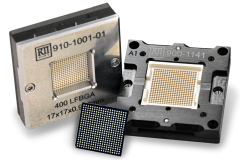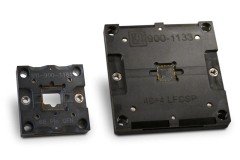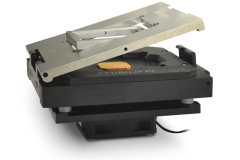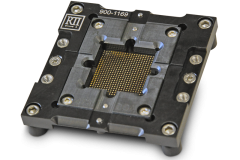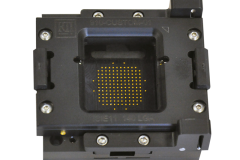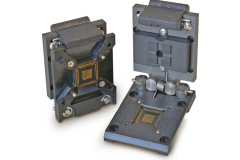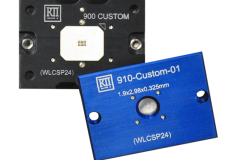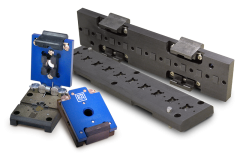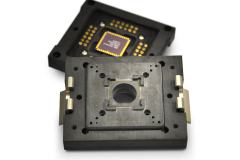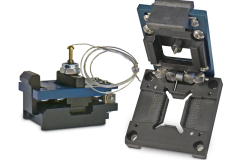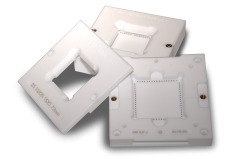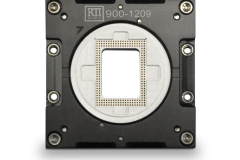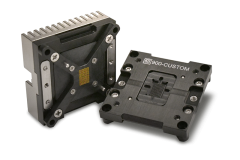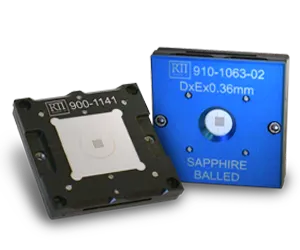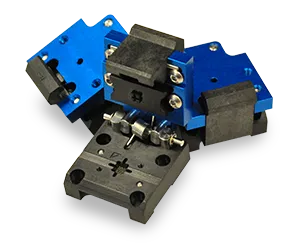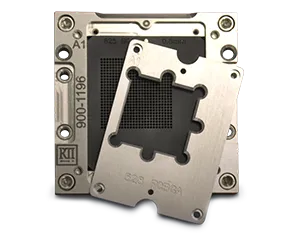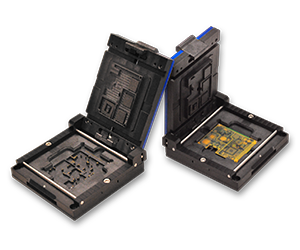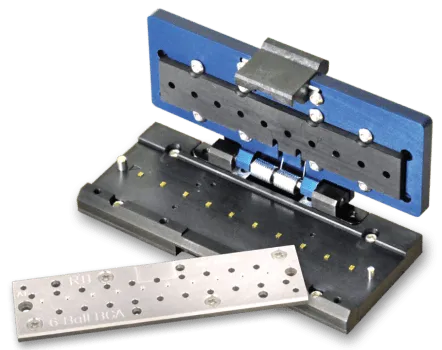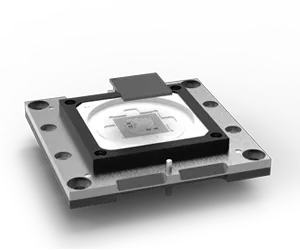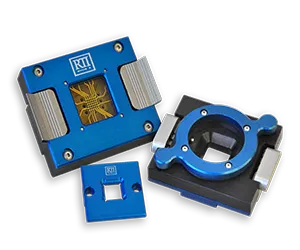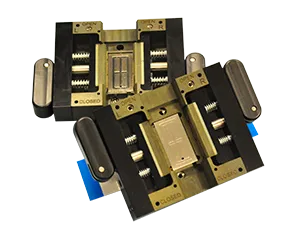High-Performance IC Test Sockets
Custom and semi-custom solutions for high pin counts and advanced packages.
RTI designs and manufactures IC test sockets that support high pin counts, Kelvin contacts, and advanced package types. Each socket is engineered for precise alignment, consistent performance, and long service life. Whether you're testing prototypes or scaling to production, our team works directly with you to deliver a socket tailored to your DUT and test environment. Backed by 30+ years of semiconductor test expertise.
High-Performance IC Test Sockets
Custom and semi-custom solutions for high pin counts and advanced packages.
RTI designs and manufactures IC test sockets that support high pin counts, Kelvin contacts, and advanced package types. Each socket is engineered for precise alignment, consistent performance, and long service life. Whether you're testing prototypes or scaling to production, our team works directly with you to deliver a socket tailored to your DUT and test environment. Backed by 30+ years of semiconductor test expertise.
High-Performance Sockets for Every Package Type
Comprehensive Compatibility
Our custom IC test sockets support any pin count BGA, LGA, WLCSP, QFN, QFP, and other advanced or legacy chip formats. Ask us if we already designed a socket for your DUT.
Precision Engineering
Each compression mount socket and lid is machined to order for a precise fit, reliable performance, and long-term durability from prototype to production.
Innovative & Integrated Designs
We offer socket options that are less invasive, easier to use, and more cost-effective. Each socket is optimized for your test setup, including high pin count and Kelvin configurations.
Built in USA, Used World Wide
All RTI sockets are designed and made in the USA using high-quality materials and strict manufacturing standards. Trusted by engineers across the globe.
High-Performance Sockets for Every Package Type
Comprehensive Compatibility
Our custom IC test sockets support any pin count BGA, LGA, WLCSP, QFN, QFP, and other advanced or legacy chip formats. Ask us if we already designed a socket for your DUT.
Precision Engineering
Each compression mount socket and lid is machined to order for a precise fit, reliable performance, and long-term durability from prototype to production.
Innovative & Integrated Designs
We offer socket options that are less invasive, easier to use, and more cost-effective. Each socket is optimized for your test setup, including high pin count and Kelvin configurations.
Built in USA, Used World Wide
All RTI sockets are designed and made in the USA using high-quality materials and strict manufacturing standards. Trusted by engineers across the globe.
Product Details & More
Here, you'll find helpful links, PDF downloads for manuals and brochures, and related blog posts. For further assistance, please contact our customer support team.
Here, you'll find helpful links, PDF downloads for manuals and brochures, and related blog posts. For further assistance, please contact our customer support team.
Semi-Custom IC Test Sockets
Our semi-custom sockets have standardized mounting and alignment positions with a customized pocket and pin footprint to match your DUT. Most sockets are compatible with interchangeable lid designs, making them useful across all stages of test. They feature solid-base and floating-base architectures based on the lead type of the package.
Max Package Sizes listed in the examples below are based on the type of lid used with the socket. Screw-down lids allow for larger packages.
- The listed socket thickness is nominal and based on the length of the spring pin or elastomeric contact set combined with the thickness of your DUT.
- Sockets are customized with optimal spring pin or elastomeric contact sets based on your electrical requirements.
- Backing plates are included for large scale and high density or high pin count test sockets to prevent warping of the socket and DUT board.
See "Advanced Customization Features" section below for some examples of how you can further customize these RTI test sockets to fit your needs.
Advanced Customization Features
Most semi-custom IC test sockets are modified with the following characteristics to suit specific mounting and operational test requirements — discuss these and additional customization options with an RTI engineer to develop the perfect socket solution that addresses all of your wants and needs.
Custom IC Test Sockets Built for Your Test Environment

Our fully-custom sockets are designed from the ground up with your device and test environment in mind. These sockets feature custom mounting and alignment footprints specific to your device and test bed.
These sockets are typically used when the socket needs to match an existing PCB footprint, observe limited working areas around the socket, or feature a combination of customization options that make them truly unique, fully tailored to your specific test scenario.
Below are just a few examples of custom footprints and design considerations found in our fully custom test sockets. Contact an RTI engineer to discuss your technical test requirements that aren't being satisfied by other socket suppliers – we're here to tackle your greatest test challenges.
Fully Custom Test Socket Designs & Product Examples
Compact Clamshell Sockets for Engineering and Reliability Testing
Unlike other RTI test sockets that are compatible with a variety of removable lid styles, these test sockets feature an integrated single-latch clamshell lid and a highly compact mounting footprint. They also share many of the semi-customization options offered across RTI's socket line, helping ensure compatibility with your device and test conditions.
Looking for a compact clamshell socket solution? Request a free quote now.
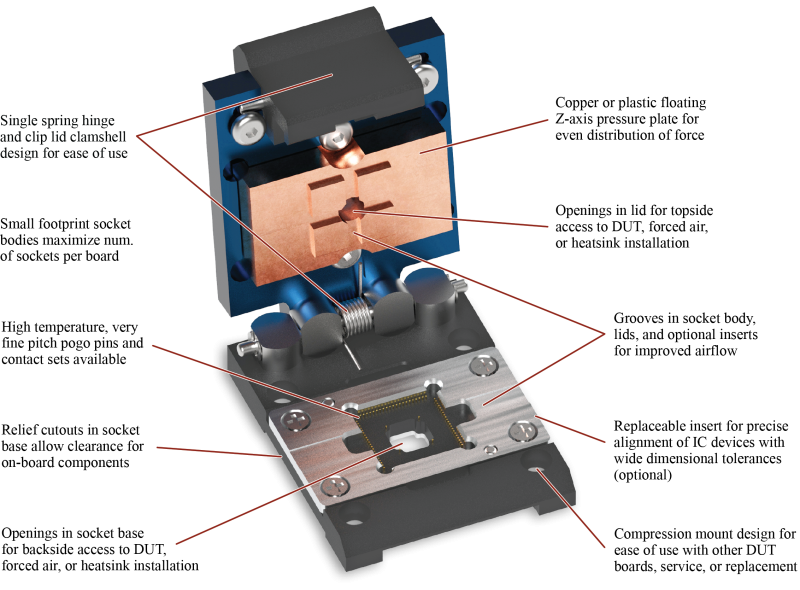
Their robust design ensures secure device retention and reliable electrical contact—ideal for applications requiring frequent device changes, tight pitches, or high-density interconnects. These sockets perform especially well in space-constrained environments where accuracy and repeatability are critical.
Download infosheet here.
RTI Semi-Custom Clamshell Socket Footprints
Common Lid Customization
- Spring-loaded, floating z-axis pressure plate for even compression
- Heat sink or thermal sensor integration for temperature-sensitive testing
- Lid openings for exposure to forced air thermal systems
- Socket footprints customized to match existing PCB layouts
- Latch mechanism integrated into socket base instead of the lid
Common Socket Customization
- Bottom-side relief cutouts for SMT components near DUT footprint
- Kelvin contacts for force/sense testing at discrete test points
- Socket openings for backside DUT access or heat sink attachment
- High-speed elastomer or pogo pin contact options
- Matched footprints designed for compatibility with existing PCB layouts
Recommended Test Applications
- Burn-in and Highly Accelerated Stress Testing (HAST) for device reliability
- Engineering validation, characterization, debugging, prototype-production
- Low to medium-volume production with adaptable test configurations
- Signal integrity or high-frequency performance verification
- Automated or manual test environments with variable DUT setups
Burn-In Clamshell Sockets
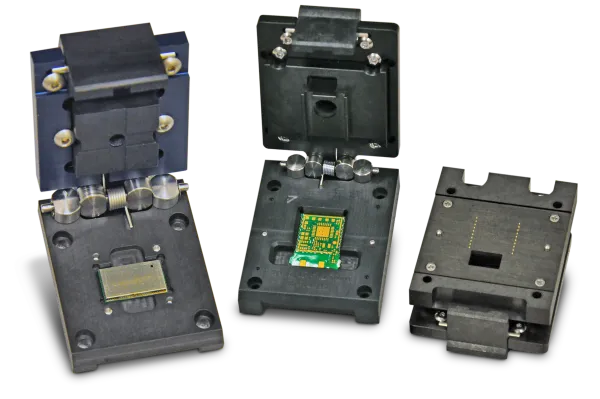
RTI builds space-efficient burn-in clamshell sockets engineered to support everything from standard IC packages and WLCSPs to complex multi-chip modules. Designed with flexibility in mind, these sockets can be tailored for advanced semiconductor devices—including ASICs, SoCs, FPGAs, and MCMs—while minimizing board footprint and maximizing durability under stress. Whether you're validating high-density devices or optimizing test setups for thermal performance, we'll help you configure a socket that meets your reliability and integration goals.
View our burn-in sockets here or contact us for a free quote on your clamshell socket solution.
Socket Lid Options
Multiple lid styles are available for the same semi-custom test socket base. This allows a single test socket to excel in a variety of test applications, each with their own requirements.
For example, an IC test socket can use a screw-down open top lid for inspection and probing in Failure Analysis and also be used with a clip-on removable lid for bench hand test applications where device access is less important than the ability to rapidly swap out devices between test cycles. Ordering a single socket design with multiple lid styles for a variety of test applications can save time and reduce overall cost of testing. For more lid options, view our lids page.
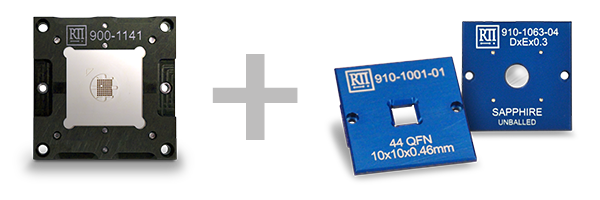
Maximize access to the DUT during Test
Using Very Low Profile, Open Top, Screw-Down lids
- Widest angle of approach for maximum exposure to sensors
- As little as 1mm thickness above the surface of the package
- For longer test processes such as imaging, probing, or calibrating
- Quartz or sapphire window lids for edge-to-edge exposure of WLCSP surface
- Anodized Aluminum or Stainless Steel for a thin but rigid design
For more lid options, view our lids page. Or contact us to discuss your project and test needs.
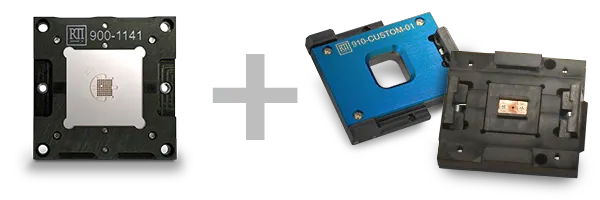
Cycle through DUTs faster during Hand Test
With a Single or Dual-Latch, Clip-On Lid
- Reduce downtime spent loading and unloading DUTs
- Spring-loaded pressure plate from plastic or copper acts as a heatsink
- Small opening above DUT for additional airflow and prevent DUT sticking
- Fully removable, or attached to a hinged bracket that screws onto socket base
- Some socket models can incorporate a single latch clamshell lid
For more lid options, view our lids page. Or contact us to discuss your project and test needs.

Apply true vertical force with fine adjustment to z-height
Hand tightened lids with evenly distributed compression
- Lubricated, high thread count adjustable z-axis pressure plate
- Large knob and optional detachable handles for ease of use
- Precision machined to prevent over-compression
- Stainless steel parts prevent bowing or flexing
- Incorporate fans, fins, and openings for additional thermal dissipation
For more lid options, view our lids page. Or contact us to discuss your project and test needs.
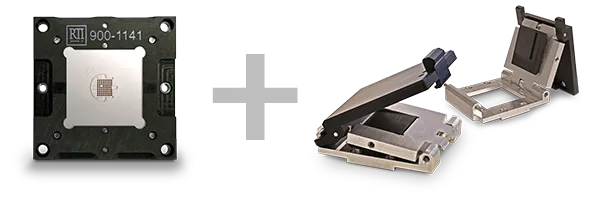
Apply more compression force with less operator effort
Gain significant mechanical advantage with a simple design
- Ideal for high pin count, fine pitch, and high-density packages
- Crossbeam in lid base acts as a fulcrum for lid top when closed
- Gimballed pressure plate rests flat across DUT surface as compression force is made
- Single latch lid can be pressed closed and opened with a gentle push of a finger
- Additional heatsinks, openings, and customization options are available
- View infosheet here
For more lid options, view our lids page. Or contact us to discuss your project and test needs.
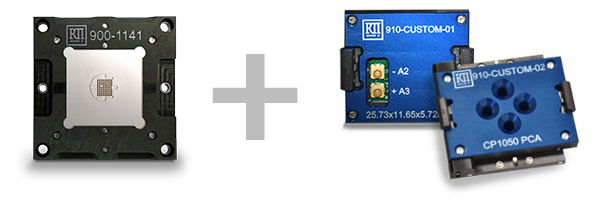

Custom lid designs for technical projects
Innovative options to satisfy demanding test requirements
- Thermal lids for air cooling and device level temperature control
- Incorporated RTD or thermocouple
- Relief cutouts for clearance of components on DUT
- Apply compression force at only specific points on the DUT
- And more!
For more lid options, view our lids page. Or contact us to discuss your project and test needs.
RTI's Pin & Contact Options
Delivering Optimal Performance for Long-Term Success
Most RTI compression mount test sockets utilize spring pins (also referred to as "Pogo Pins") or an elastomeric based contact to provide electrical contact to the DUT. Each have their merits when it comes to long term cost, performance and serviceability. We source the optimal contact technology directly from leading manufacturers based on your electrical and thermal requirements.
Spring Pins
We work directly with the biggest spring pin manufacturers around the world to either source catalog pins or develop custom spring pins to meet strict customer requirements. RTI does not design, manufacture or characterize our own pins in-house.
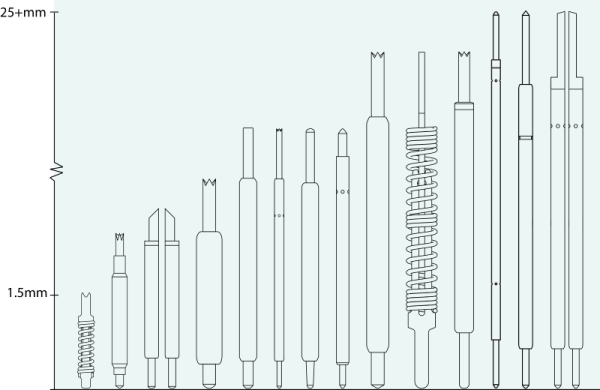
Contact us for details about the spring pin used in your next test socket.
Pin data is available for:
Common Pin Tip Styles

- Recommended pin tip is based on the lead type, lead material, and positioning of the DUT
- The angle of crown, point, Kelvin, and chisel tips can vary between pin models
- Kelvin contacts can be positioned as close as 0.002" between edges
Elastomer Contacts
For the highest speed and lowest inductance applications, we recommends a device specific 'elastomeric' contact technology. Contact us to learn more about these technologies and which options are available for your next test socket.
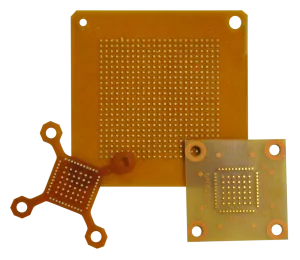
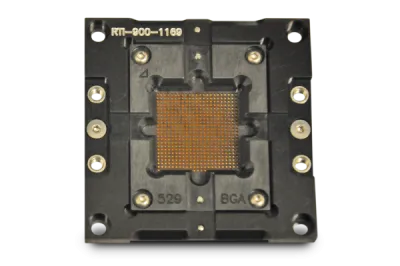
Elastomers like these are generally more expensive, less serviceable at the individual I/O level, pitch limited, and require custom designs per unique device footprint. However, while there is a trade-off between price, longevity, availability and superior electrical performance, there are certain test applications where these types of contacts are necessary for reliable pass conditions.
Solid Socket Base – Traditional Use Cases
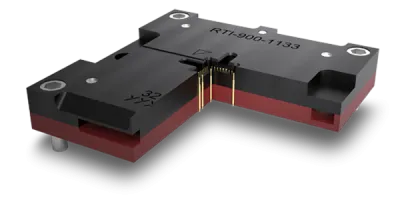
Solid base test sockets are designed with two pieces of insulating plastic to hold the pogo pins in place. These sockets are perfect for testing small PCB modules, QFN, LGA, and other IC devices without solder balls or leads. Devices with larger test points, like pads on printed circuit boards and the bottom side of some packaged ICs, benefit significantly from solid bases.
Advantages:
- Precise Electrical Contact: This design ensures good electrical contact by accounting for any minor misalignment between the pin tip and the DUT pad center during the design phase.
- Vertical Compression: With the DUT resting directly on the pogo pin tips, precise vertical compression is critical to avoid damage.
- Cost-Effective: Solid bases are more budget-friendly due to their simpler design and fewer components.
Applications:
- Ideal for hand testing and use with optically aligned auto handlers in IC pick-and-place tests.
- Suitable for testing small PCB modules in lower volumes before scaling up to a test fixture.
- Perfect for high-speed and low-inductance applications requiring short electrical lengths.
Floating Socket Base – What is it good for?
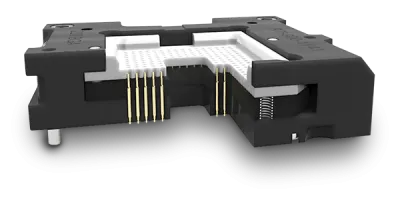
Floating base test sockets build on the non-floating design by adding a third plastic plate (the floating base) between the socket top and the DUT. This plate sits on springs and moves independently, serving primarily as an alignment feature for the DUT during loading.
Advantages:
- Enhanced Alignment: Floating bases are ideal for aligning very fine pitch and large array devices, such as BGA and bumped WLCSP devices, ensuring each pogo pin makes precise contact.
- Damage Prevention: By aligning devices without direct contact with the pin tips, floating bases prevent damage to delicate solder balls and maintain even electrical lengths.
- Versatility: Floating bases can handle devices with significant package tolerance variations.
Applications:
- Provides precise alignment for bumped and array-based packages.
- Commonly used in universal sockets relying on ball alignment.
- Allows for the integration of quartz or sapphire window lids for full optical access.
Fundamental Differences Between the Two Socket Bases
Price: Floating bases involve additional drilling, hardware, and assembly, making solid bases more cost-effective for specific packages.
Performance: Solid bases often use shorter pogo pins for high-speed, RF, or low-inductance tests. Floating bases may not be feasible with some pogo pin models.
Modifications: Solid bases offer a closer fit to the DUT footprint and a broader range of design customization options.
DUT Suitability: Solid bases are better suited for PCB modules and QFN/no-lead packages, while floating bases are optimal for BGA, bumped die, and chip-scale packages.
Application: Solid bases can be thinner than floating bases, which is beneficial when working space above and around the socket is limited.
Choosing the right test socket design, whether solid or floating, is crucial for ensuring precise DUT alignment and reliable electrical contact. We can provide detailed assembly drawings and instructions for maintaining and optimizing the use of both floating and solid base designs. Making the right choice enhances the longevity and success rate of your test programs.
Read more about our floating and solid socket bases here.
Download Info Sheets Here
Already Have an RTI Socket?
Request a copy of your RTI socket drawing by submitting the form below. You must submit a drawing number or engraved socket number. Your Email domain must be associated with your company for consideration. If requesting drawings on behalf of another company, please provide contact information of someone within the socket-holder's company who can verify your affiliation and drawing request.
Request a copy of your RTI socket drawing by submitting the form below. You must submit a drawing number or engraved socket number. Your Email domain must be associated with your company for consideration. If requesting drawings on behalf of another company, please provide contact information of someone within the socket-holder's company who can verify your affiliation and drawing request.
Request Socket Drawing
Drawing Number Example
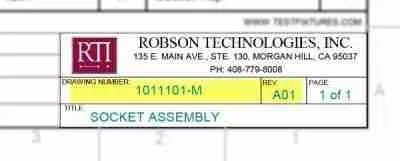
Engraved Socket Number Example
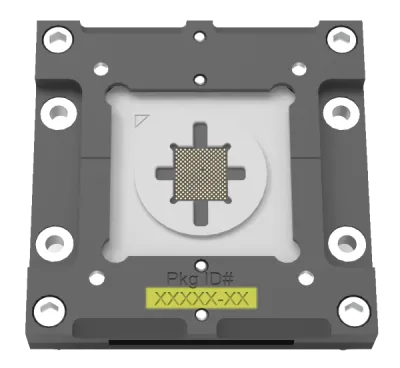











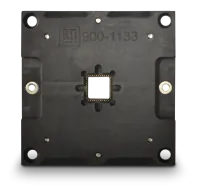
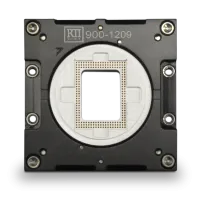
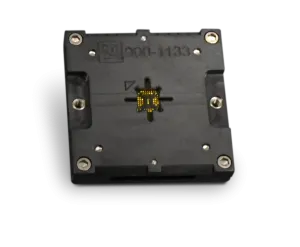
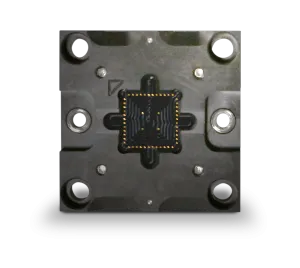
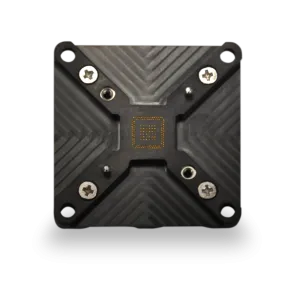
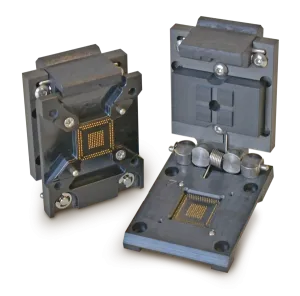
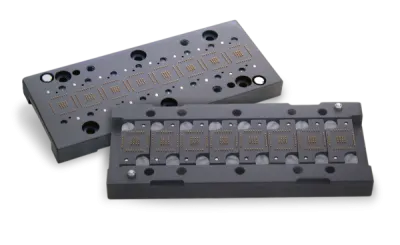
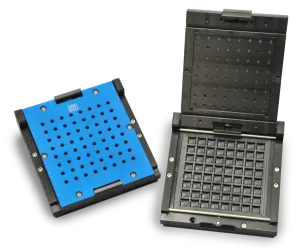
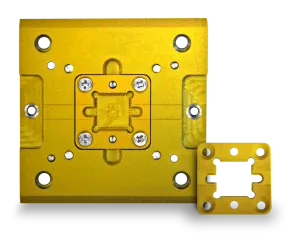

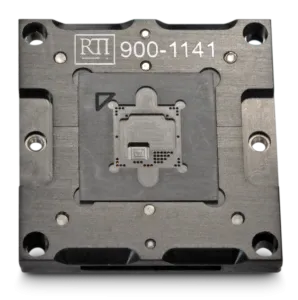
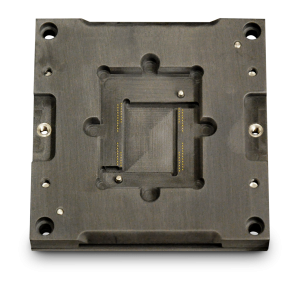
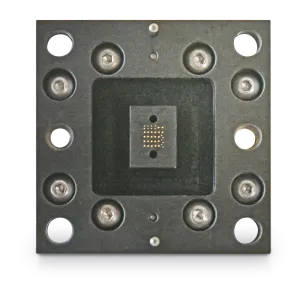
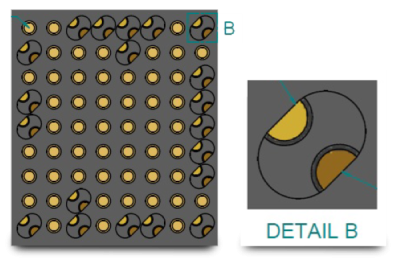
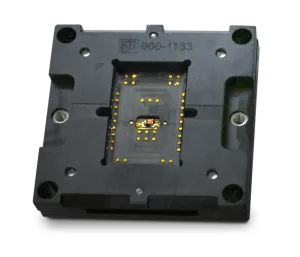
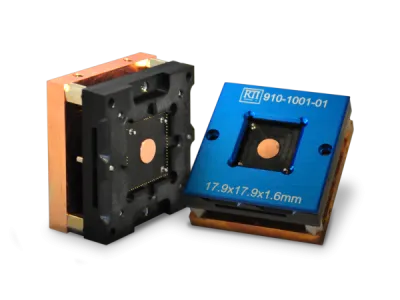
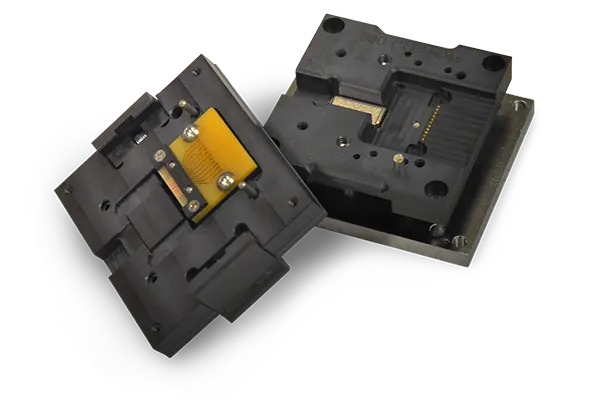 Module Dual-Sided Heated Sockets
Module Dual-Sided Heated Sockets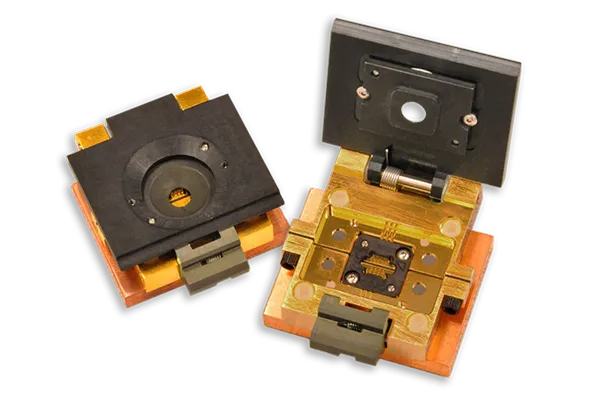 Gold Plated Clamshell Sockets
Gold Plated Clamshell Sockets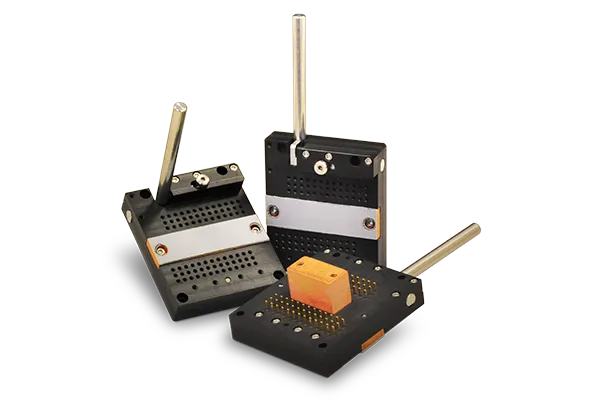 Custom Heated ZIF Sockets
Custom Heated ZIF Sockets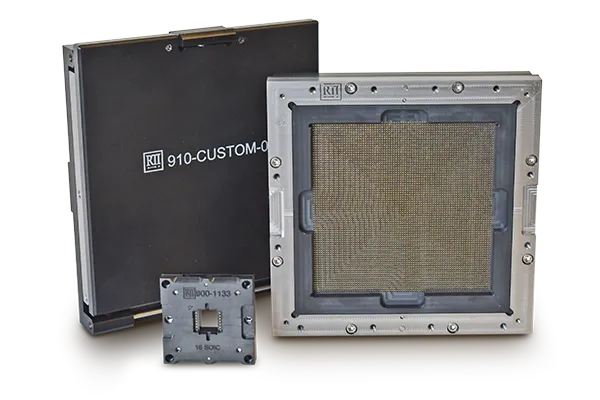 High Pin Count & High Force Sockets
High Pin Count & High Force Sockets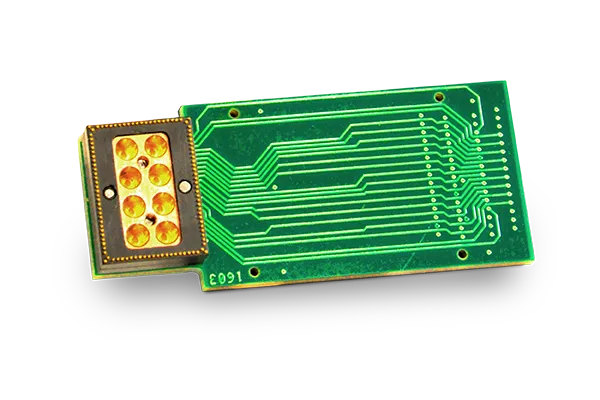 Zero Footprint Socket
Zero Footprint Socket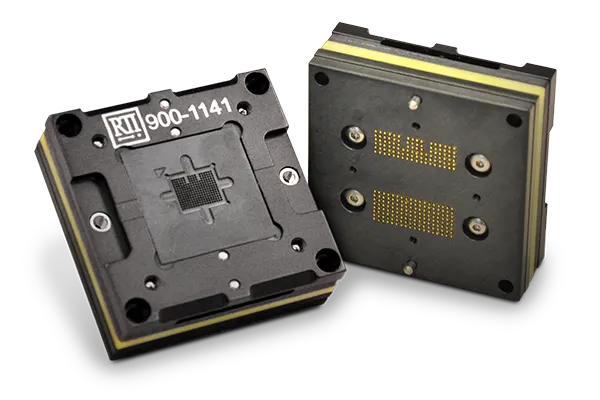 Pitch Translation Sockets
Pitch Translation Sockets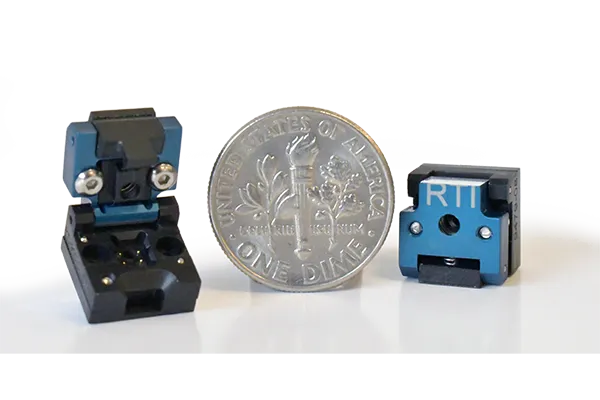 Micro Test Sockets
Micro Test Sockets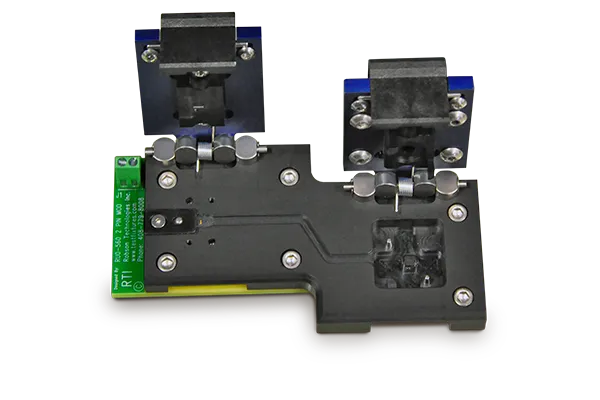 Flex PCB Test Socket
Flex PCB Test Socket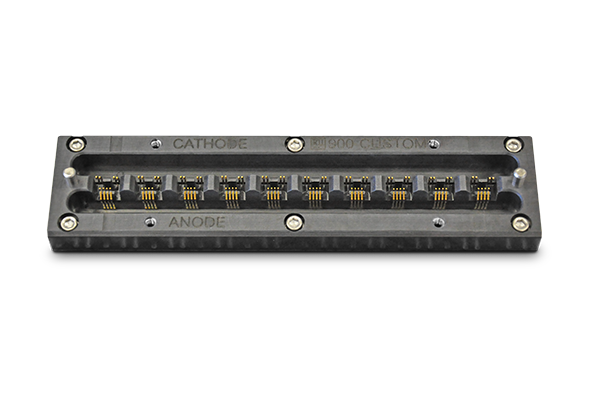 Stamped Pin Multi-Site Socket
Stamped Pin Multi-Site Socket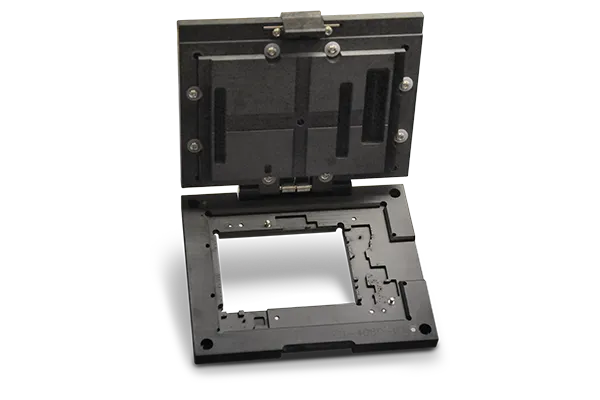 PCB Test Socket Cutouts
PCB Test Socket Cutouts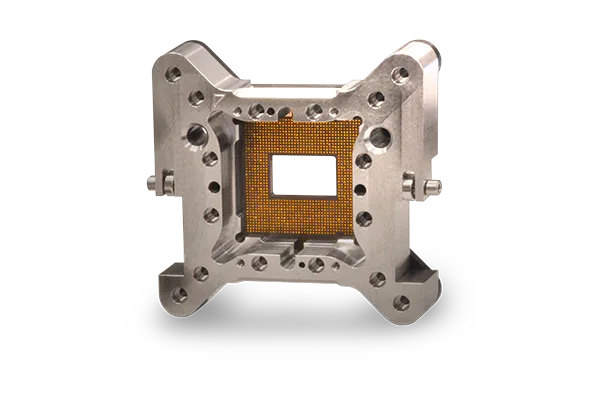 3rd Party Compatibility
3rd Party Compatibility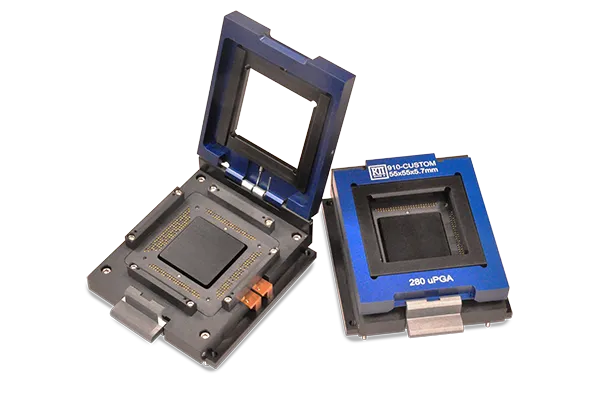 uPGA Clamshell Image Sensor Sockets
uPGA Clamshell Image Sensor Sockets

